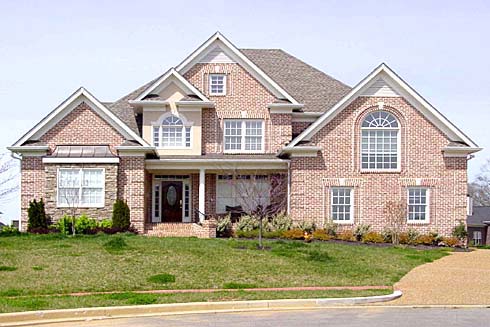ADJUNCTION
The process of adjunction in real estate refers to the annexing or adding of a parcel of land to a larger parcel.
This practice holds significant implications for property owners, developers, and local jurisdictions, influencing land use, zoning regulations, and the overall development potential of real estate.
Understanding Adjunction
In the realm of real estate, adjunction encompasses the legal and administrative process of merging smaller parcels of land with larger ones. This process often involves the consolidation of adjacent or contiguous plots into a single, larger tract of land. Adjunction can occur for various reasons, such as facilitating more cohesive land use, complying with zoning requirements, or enabling comprehensive development initiatives.
Implications for Property Owners and Developers
For property owners and developers, adjunction can present opportunities to optimize land use, streamline development projects, and enhance the overall value of real estate holdings. By consolidating smaller parcels into larger, contiguous tracts, stakeholders can potentially unlock new development possibilities, increase the efficiency of land utilization, and navigate zoning regulations more effectively.
Regulatory Considerations
From a regulatory perspective, adjunction intersects with zoning ordinances, land use regulations, and planning frameworks. Local jurisdictions typically oversee and govern the process of adjunction, ensuring that it aligns with established land use policies and does not compromise the integrity of zoning designations or development plans. As such, property owners and developers must navigate the regulatory landscape and obtain the necessary approvals and permits when pursuing adjunction initiatives.
Community Impact
The practice of adjunction can also have implications for the broader community. By consolidating smaller parcels into larger, contiguous tracts, property owners and developers may contribute to more cohesive and integrated development patterns. This can potentially lead to more efficient land use, improved infrastructure planning, and the creation of more harmonious and functional neighborhoods.
The practice of adjunction can also have implications for the broader community. By consolidating smaller parcels into larger, contiguous tracts, property owners and developers may contribute to more cohesive and integrated development patterns. This can potentially lead to more efficient land use, improved infrastructure planning, and the creation of more harmonious and functional neighborhoods.
Conclusion
In conclusion, the process of adjunction in real estate represents a significant mechanism for consolidating smaller parcels of land into larger, contiguous tracts. This practice carries implications for property owners, developers, local jurisdictions, and the broader community, influencing land use, development potential, and regulatory compliance. Understanding the dynamics and implications of adjunction is essential for stakeholders in the real estate industry, as it can offer opportunities to optimize land use, navigate regulatory frameworks, and contribute to the cohesive and sustainable development of real estate assets.
MORE REAL ESTATE TERMS
A, B, C, D, E, F, G, H, I, J, K, L, M, N, O, P, Q, R, S, T, U, V, W, X, Y, Z
Featured New Home

Featured Mortgage Brokers
- BANK OF ENGLAND, OLD SAYBROOK, CT
44 POND RD
OLD SAYBROOK, CT 6475 - PROSPECT MORTGAGE LLC, NORTH CHESTERFIELD, VA
7401 BEAUFONT SPRINGS DR STE 2
NORTH CHESTERFIELD, VA 23225 - FIRST PRIORITY FINANCIAL INC, ROSEVILLE, CA
1050 OPPORTUNITY DR STE 145
ROSEVILLE, CA 95678 - TALMER BANK & TRUST, TROY, MI
2301 W BIG BEAVER RD STE 525
TROY, MI 48084 - EVOLVE BANK & TRUST, TULSA, OK
5110 S YALE AVE STE 500
TULSA, OK 74135